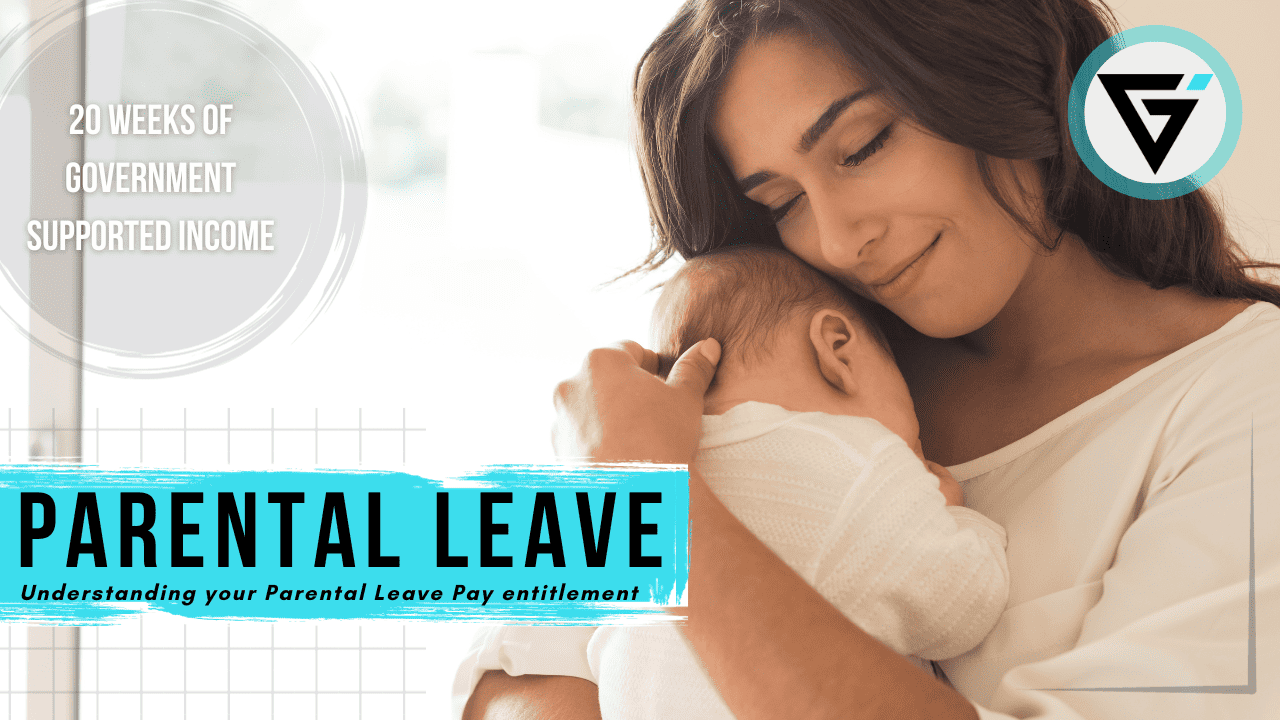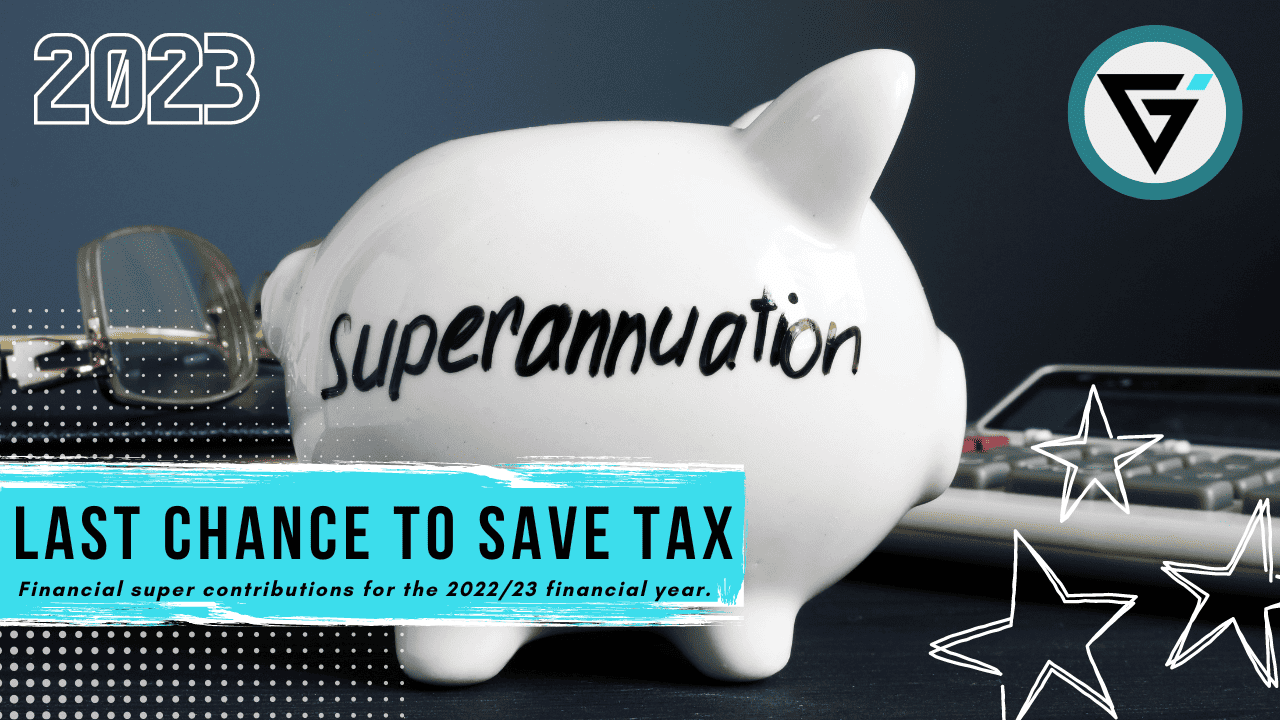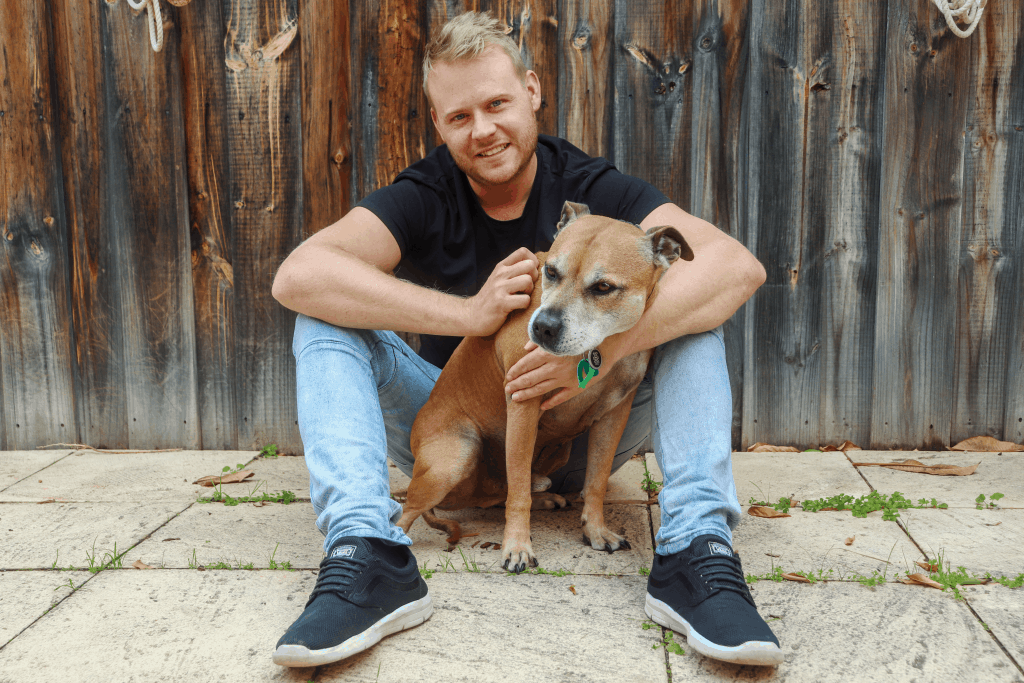The government has implemented a number of response measures to COVID-19 to prop up Australia’s economy and, to date, it seems to be working.
The share market has bounced back over 30% from it’s lows in March, house prices appear to be holding fairly steady and the official unemployment rate jumped to 6.2% in April which was below market expectations of 8.3%.
This all sounds pretty good right? Well it is. But I fear this optimism may be temporary and the real injuries sustained by our economy will only start to show themselves once the short-term, band-aid measures implemented by the federal government and banks are unwound.
Let’s have a look at some of these measures and what they could potentially be hiding when the funding stops.
Jobseeker and Jobkeeper payments
I am sure you are all familiar with Jobseeker and Jobkeeper payments but if not here is a quick synopsis. The Jobseeker payments, formerly known as the doll, are fortnightly payment given to people who are out of work. Jobkeeper on the other hand is a payment made to eligible employers to keep their workers employed. These two payments hugely skew the unemployment figures.
Like I mentioned early, the official unemployment rate is currently 6.2% as of April 2020 however this figure doesn’t account for the significant amount of people that are either underemployed or given up looking for a job at all!
In order to be classified as unemployed you have to actively be looking for work and therefore we need to couple this figure with the participation rate. The participation rate is the percentage of the population that are actively seeking work and it has dropped to a 15 year low of 63.5%.
I believe a large part of this is attributed to the fact that a lot of people are earning more on Jobseeker payments than they did while they were working. These payments have been almost doubled due to COVID-19.
I heard one story about a school bus driver that temporarily lost his job due to COVID-19 and as a result went on the Jobseeker payment. When school returned at the end of April, he was offered his job back and refused as he was earning more on the Jobseeker payment than he did driving the bus. He chose to earn more by staying at home playing video games!
In addition to the people who have given up looking for work we also have the businesses that are retaining employees solely on Jobkeeper payments. Without the support of Jobkeeper, many businesses would not be able to afford to hold onto their staff during this period. As a result, when the Jobkeeper payments wind up in September we could see a huge amount of people forced into unemployment if business revenue and business confidence doesn’t substantially pick up in the meantime.
Loan repayment holiday
Realistically, there should be very little defaults on mortgages at the moment and the reason is because most lenders are offering customers a holiday on their repayments. Borrowers who have lost their job generally have the ability to capitalise interest in their loan for 6 months to free up cash flow.
This measure can’t last forever. By capitalising the interest you are losing equity in your property and the banks can’t afford to let their security for the loan drop below the loan balance. They need to unwind this policy fairly quickly.
Despite this measure we have already seen a hit to bank profits due to significant impairment charges. I fear this will get much worse when people are forced to start making repayments again.
Rent reduction
Similar to the holiday for loan repayments there are also opportunities of rent reduction for those individuals and businesses that are unable to meet their rent obligations. They don’t get to avoid their rent payments altogether, but they do have access to a combination of partial rent waivers and rent deferrals.
When the rent reduction comes to an end we may be left with a lot of people and businesses that are still unable to meet their obligations. This could lead to higher vacancy rates. Many landlords will be left with less cash flow and, in turn, their ability to spend in other areas of the economy will fall.
Accessing super
Those impact by coronavirus have the ability to access up to $10,000 this financial year and an additional $10,000 next financial year from their super. The take up in this early access has exploded.
To date, 1.35 million applications have been approved for early release with over $11 billion already paid out to members. The average withdrawal is roughly $8,000 which would likely be higher except a number of younger people have taken out their entire balance so they don’t physically have any more to withdraw!
Luckily though, the money withdrawn is being put to good use. Oh wait, no it isn’t! Studies show that 64% of the money that was withdrawn was spent on discretionary items such as clothing, furniture, restaurant food, gambling and alcohol.
The ability to access super is currently contributing to retail spending which is good for the economy. However, again, this can’t last. Once access to super has stopped, people’s ability to spend will again be restricted (particularly if jobs remain subdued).
What does it all mean?
Basically, it means that we aren’t out of the woods just yet. Yes, shops, cafes, restaurants and gyms are opening and people are allowed to leave their homes – which is great! But there are still many challenges that we need to face.
Phillip Lowe, the head of the Reserve Bank, has recently outlined his concerns as he warned that Australia’s economy would hit a “critical point” in September when a raft of support measures stop. I fear he is right.
Also, this is not a problem which is isolated to Australia. This is a global pandemic. In the scheme of things, Australia is a tiny economy and will be heavily impacted by what happens overseas, particularly in the US.
The US is now the epicenter of COVID-19 with coronavirus cases close to 1.9 million and deaths over 108,000. Their unemployment has sky rocketed with over 23 million people unemployed. These numbers can’t be ignored and won’t be mended overnight.
So I believe that we will continue to see volatility in markets and asset prices moving forward.
However, not all is doom and gloom. The Australian government will likely continue to support the economy until it can once again stand on it’s own two feet. We have already heard talk from Scott Morrison about a JobMaker initiative and they have also recently released the HomeBuilder grant as a stimulus package for the construction sector.
My approach to investing in the short-term
In the short-term I remain cautious. I will retain the existing growth holdings and continue to accrue cash from deposits and dividends.
Even though I believe markets are currently overvalued, and I anticipate a pull back, I also understand that the share market prices are not necessary linked to economic activity. The market has a mind of it’s own and is very hard to predict particularly in this historically low interest rate environment.
Should the share market continue it’s current rally, with no material improvement in economic conditions, I may look to reduce growth holdings by up to 10%. I would never suggest a bold approach to be all in or all out of the market.
If we do get a pull back in the market, then I will deploy some of the newly accrued cash and may look to convert some defensive holdings into growth holdings, depending on the magnitude of the pull back.
In summary, the support measures currently in play from the federal government and banks, aren’t stimulus they are a band-aid fix. It isn’t until we rip the band-aid off to see the wound that we will know the true impact of COVID-19 on the economy.










